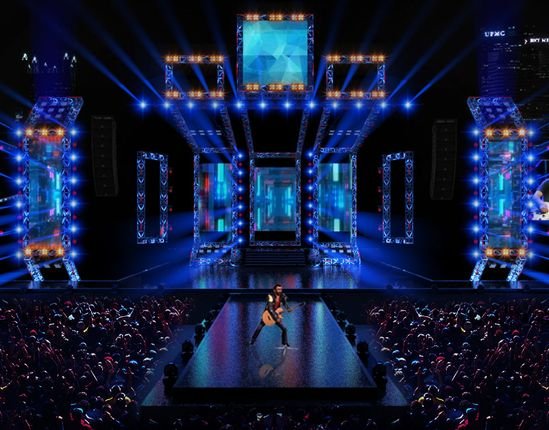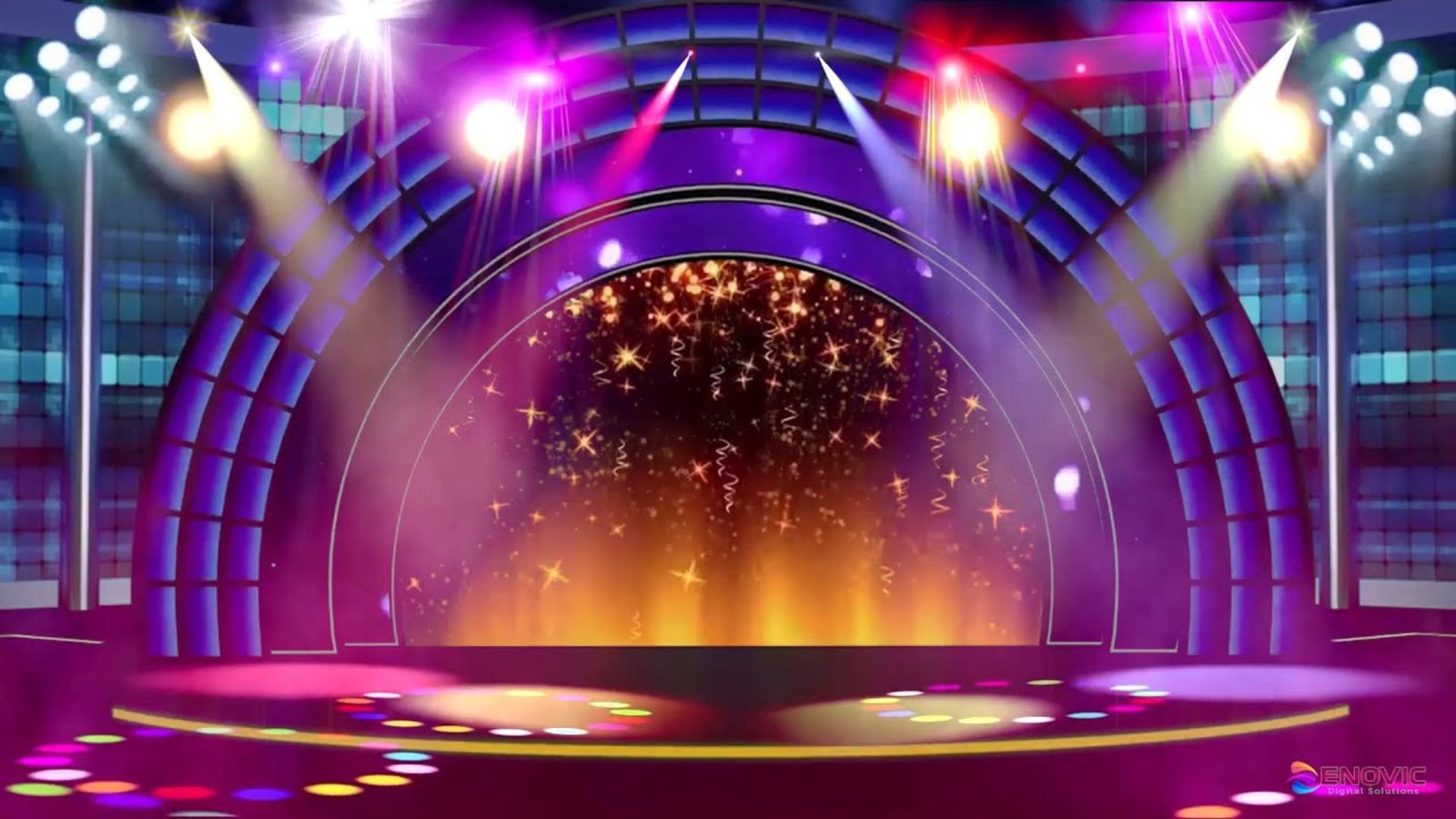Designing a dynamic stage involves more than just creating an aesthetically pleasing backdrop; it’s about crafting an environment that actively engages and enchants your audience. A dynamic stage design transforms the ordinary into the extraordinary, setting the perfect scene for unforgettable performances. To achieve this, it’s crucial to consider several key elements and strategies. Here are some effective tips for Designing a Dynamic Stage that will elevate your production.

Incorporate Versatile Set Pieces
When Designing a Dynamic Stage, incorporating versatile set pieces is essential. Modular elements that can be easily reconfigured allow for flexibility in different scenes and acts. This approach not only enhances the visual interest but also enables smoother transitions between various parts of the performance. For example, movable platforms or rotating panels can be adapted to fit various settings, creating a dynamic and ever-changing stage environment.
Utilize Advanced Lighting Techniques
Lighting is a powerful tool in Designing a Dynamic Stage. Advanced lighting techniques can dramatically alter the mood and focus of a performance. Employing a combination of LED lights, spotlights, and color filters can help highlight key moments and create dramatic effects. Furthermore, programmable lighting systems allow you to synchronize lights with sound and movement, adding an extra layer of dynamism to your stage design. The strategic use of lighting not only accentuates the action but also adds depth and dimension to the overall visual experience.
Emphasize Movement and Interaction
Incorporating movement into your stage design is another crucial aspect of Designing a Dynamic Stage. This can be achieved through the use of moving set pieces, automated rigs, or even interactive elements that engage the audience. For instance, a stage that features elements like rotating sections or rising platforms can create a sense of excitement and anticipation. Additionally, integrating interactive components allows the audience to feel more connected to the performance, enhancing their overall experience.
Integrate Innovative Technology
Technology plays a significant role in Designing a Dynamic Stage. Incorporating innovative tech, such as projection mapping and virtual reality, can elevate the visual impact of your stage design. Projection mapping, for instance, allows you to project images and videos onto surfaces, transforming the stage into a versatile canvas that can change in real-time. Virtual reality elements can also create immersive environments that transport the audience into different worlds, adding an extra layer of excitement and engagement to the performance.
Focus on the Audience Experience
Ultimately, Designing a Dynamic Stage is about enhancing the audience experience. Consider how your design will impact the viewers and ensure that it contributes to their overall enjoyment and immersion. This involves not only creating visually stunning elements but also ensuring that the stage design complements the narrative and emotional tone of the performance. Engaging with the audience through dynamic visuals, interactive elements, and thoughtful design choices will result in a memorable and impactful experience for everyone involved.
Conclusion
Designing a dynamic stage requires a blend of creativity, technology, and strategic thinking. By incorporating versatile set pieces, utilizing advanced lighting techniques, emphasizing movement and interaction, integrating innovative technology, and focusing on the audience experience, you can create a stage that captivates and enchants. These principles of Designing a Dynamic Stage will help you craft an environment that not only enhances the performance but also leaves a lasting impression on your audience. Embrace these strategies to push the boundaries of stage design and create truly dynamic and memorable productions.




